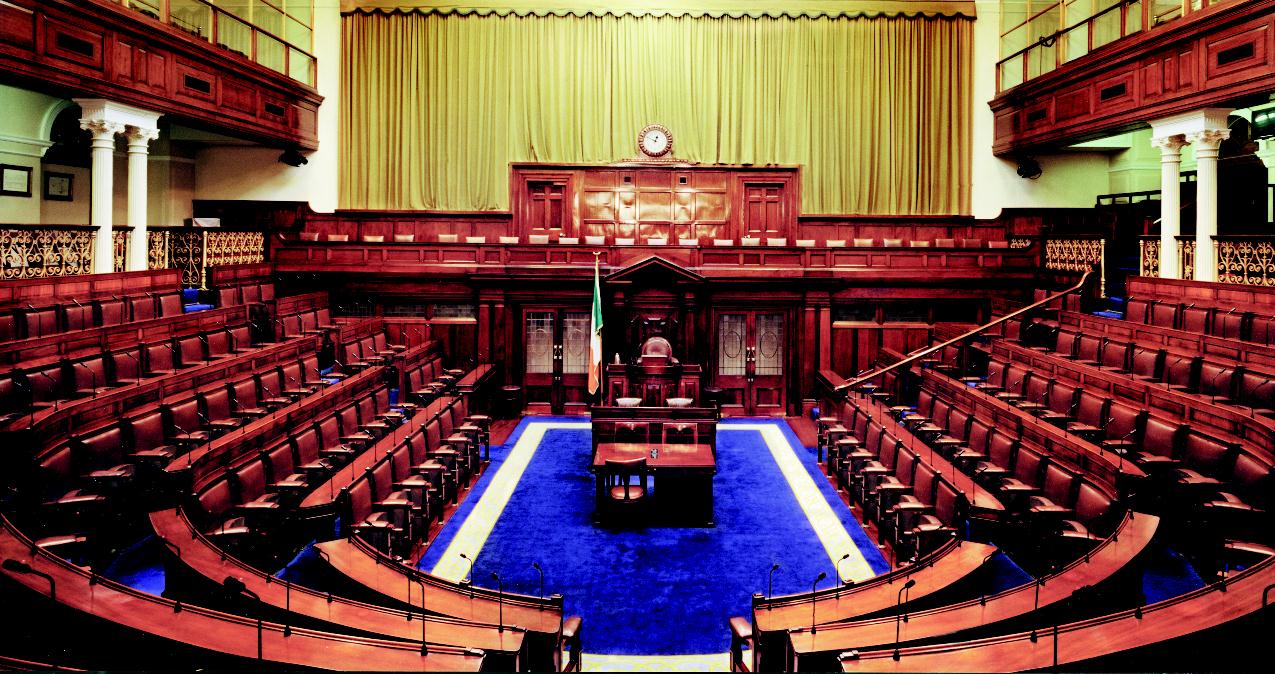April Congressional Election Analysis
 •
by
•
by Engineer0
I find myself with a little bit of free time today so I thought I would analyze yesterday’s election again. It got a good reception and was kinda fun to do.
So here’s a recap of what the past legislature did.

-Transferred 4.4 million IEP to New Ireland Bank.
-Confirmed alliances with Albania, Ukraine, Switzerland, Romania, Taiwan, BiH, Croatia, China, Brazil, Canada, Italy, India, Cyprus, France, USA, Portugal, Singapore, Phillipines, Australia, Greece, Finland, Belarus, Netherlands, Germany, Israel, Russia and Colombia.
-Confirmed a NE proposal for UK, then rejected one with the UK later on in the term.
-Increased the import tax on weapons from 50% to 99%
-Rejected an alliance with Bulgaria
Now, onto the election.

There was a slight decrease in number of voters this congressional election, with 218 total votes, down from the 222 logged at the last presidential election and the 225 last congressional election.
There was a slight expansion in the number of candidates this cycle, with 70 running versus 67 last cycle.
A new party, the Irish Freedom Party, ousted the Irish Union Party from the top 5 position, and ran candidates.
There were 4 more available seats this election cycle, with the addition of the regions of Scotland and Northern Ireland and the exit of Northwest of England.
The following is the number of delegates each party is sending to the Dail:
Independent Labour Party (IndLab)--13
Irish Progressive Party (IrPro)--13
Irish Freedom Party (IrFree)--7
Irish Socialist Party (IrSoc)--3
Irish Independence Party (IrInd)--3
Taking into account the addition of 4 additional seats, the distribution stayed similar from the last election (bar the IFP). The ISP and IIP stayed even, the ILP gained one, the IPP lost one, and the IFP picked up the remaining 7.
The following is the total number of votes received:
IrPro--78
IndLab--65
IrFree--29
IrSoc--23
IrInd--23
Parties want the lowest vote/candidate elected ratio, because then the votes will be spread out amongst the greatest number of candidates. The lowest vote/candidate elected ratio goes to the Irish Freedom Party, with 4.14 votes/elected candidate. The worst ratio is a tie between the Irish Socialist Party and the Irish Independence Party, with 7.67 votes/elected candidate.

The following is the number of candidates ran/number of candidates elected.
IrPro--26/13
IndLab--20/13
IrFree--8/7
IrSoc--7/3
IrInd--8/3
The Irish Freedom Party killed this metric, sending 88% of their candidates to the Dail, while the Irish Independence Party did the worst, sending 38% of their candidates to the Dail. Independent Labour did better on this metric since last month, with one less candidate whilst getting the same number elected. The Progressives did worse, with two additional candidates and one lost seat
The following is the party members/number of votes
IrPro--128/78
IndLab--123/65
IrInd--82/23
IrSoc--34/23
IrFree--38/29
The Irish Freedom Party did the best in this category as well, winning votes equalling 76% of their party population. The Independents did the worst, with votes equalling 28% of their party population, an 11% decline even from last month. Independent Labour saw an 8% decline, the Progressives saw a 19% decline.
The winner in this election was clear: The Irish Freedom Party. In this first elections in a while, they captured 17% of the Dail. They ran this election very efficiently and still drummed up a lot of support, relative to their size.
Hope it was interesting!
As Always,
E0


Comments
Great article, I love reading facts and figures!
The IFP are back baby!
v
good anaylsis. I think two of IFP were really IUP. good job bryan and mal.
and one of the ILP was an uninvited EA
Nice article and well done to the IFP
Good article! As Bryan said, like to read the facts!
interesting analysis,voted
nice ariticle and i hope it isn't the last! v+s
Great analysis, thanks E0, up to your usual high standard. In essence the IFP had only 5 members going to congress and 3 hitch-hiker's. I don't have a problem with the hitch-hiker's as they were needed to ensure we were in the top 5 for party size to get into the election.
We have room for 5-6 more candidates, and these will come from our own members, but if anyone would like to join us, we're more than prepared to listen. It's a great opportunity to have a real shot at congress